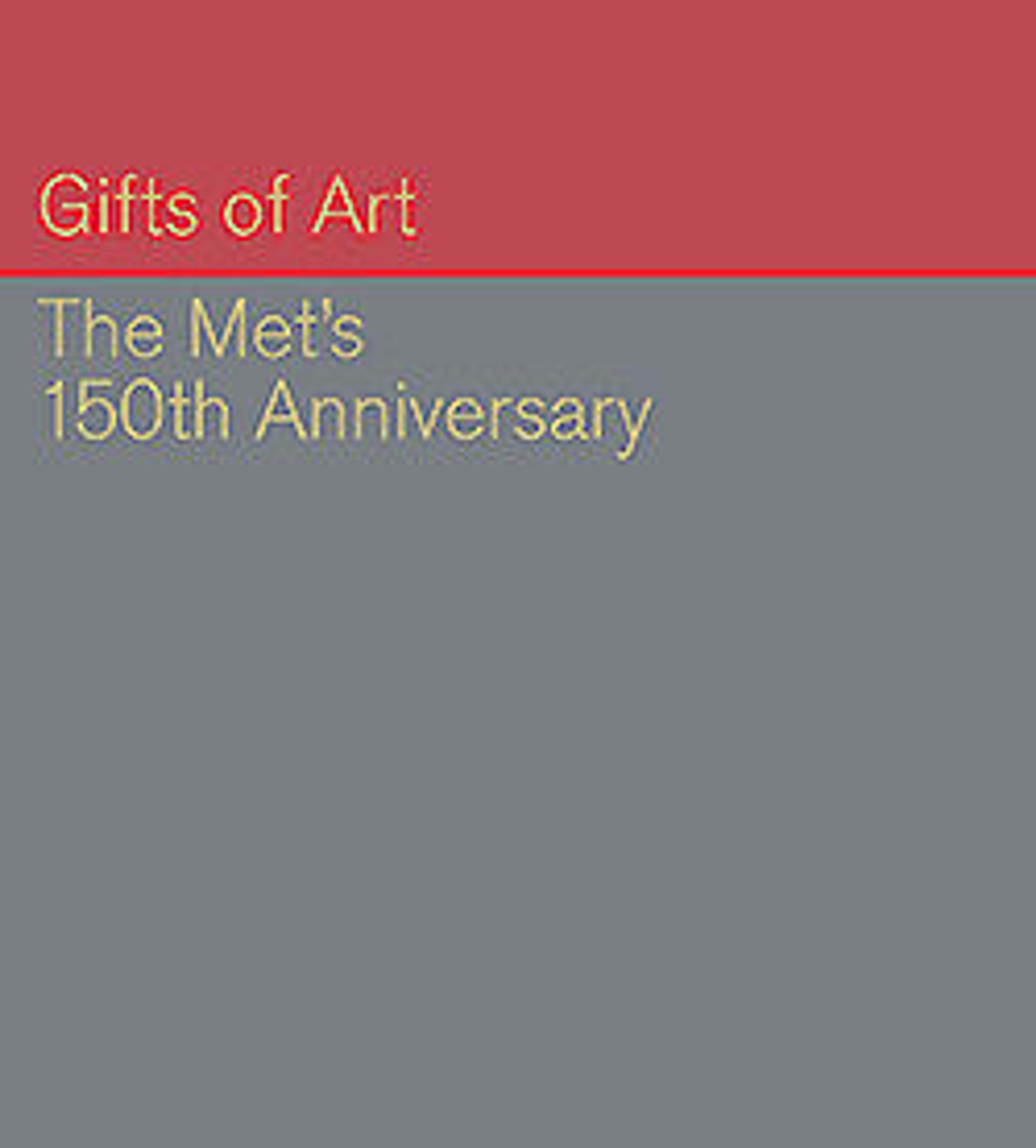Pen Box and Glass Case
This penbox, by one of the great lacquer painters of the second half of the nineteenth century, is decorated in the artist's signature gul-u-bul-bul (rose and nightingale) style in a palette of beige, gold and black. It contains a small spectacle case with the same decorative motif that fits into the sliding compartment. The inscription, which appears at the top and bottom edges of the lid, tells us that it was made for the Qajar prince, Kamran Mirza, who was the third son of the ruler, Nasir al-Din Shah (r.1848–96).
Artwork Details
- Title: Pen Box and Glass Case
- Artist: Fathallah Shirazi (Iranian, active 1850s–80s)
- Date: mid-19th century
- Geography: Made in Iran
- Medium: Lacquer
- Dimensions: L: 8.66 in (22 cm)
- Classification: Lacquer
- Credit Line: Gift of Dara Zargar, 2018
- Object Number: 2018.664a–d
- Curatorial Department: Islamic Art
More Artwork
Research Resources
The Met provides unparalleled resources for research and welcomes an international community of students and scholars. The Met's Open Access API is where creators and researchers can connect to the The Met collection. Open Access data and public domain images are available for unrestricted commercial and noncommercial use without permission or fee.
To request images under copyright and other restrictions, please use this Image Request form.
Feedback
We continue to research and examine historical and cultural context for objects in The Met collection. If you have comments or questions about this object record, please contact us using the form below. The Museum looks forward to receiving your comments.
